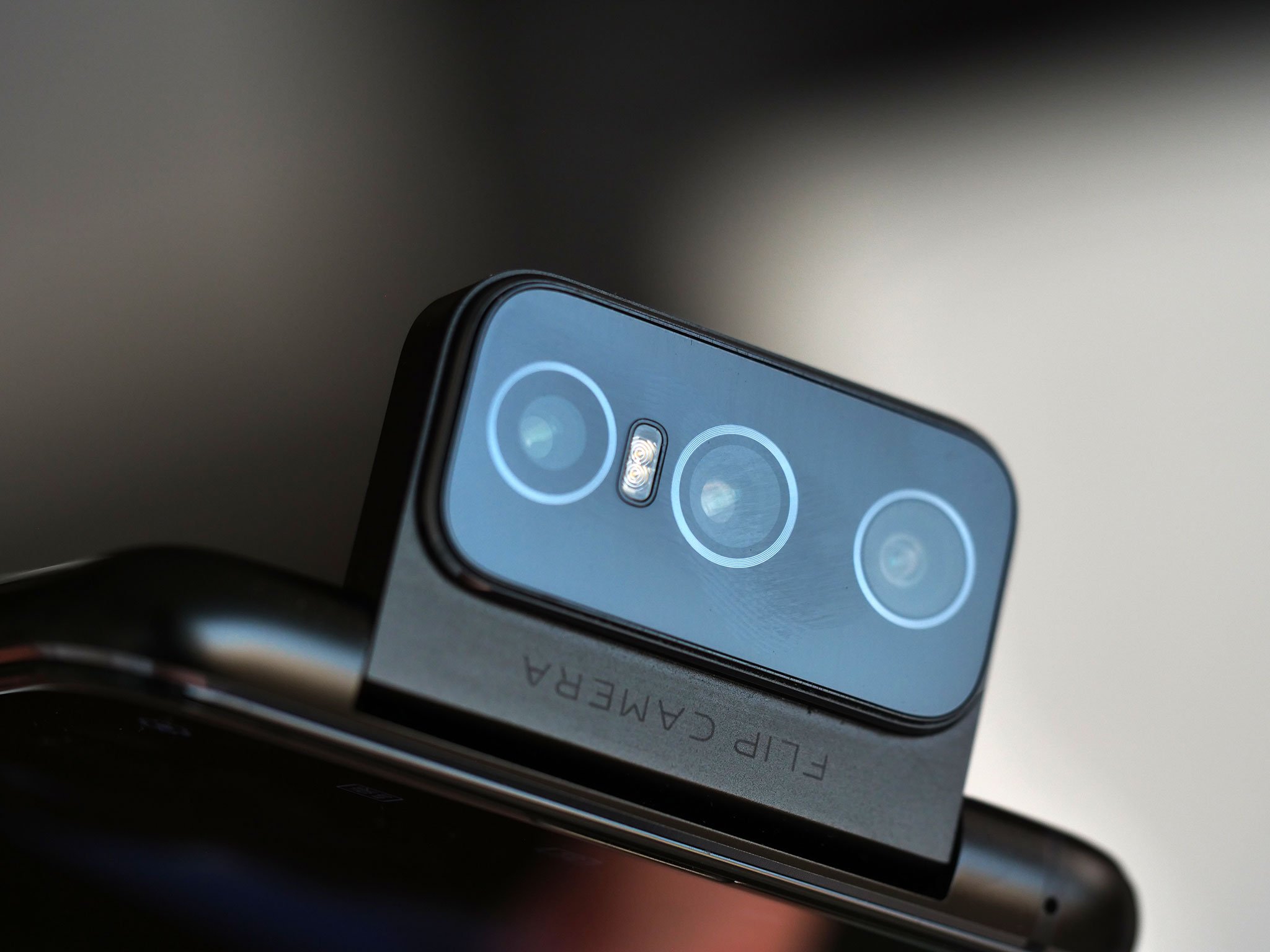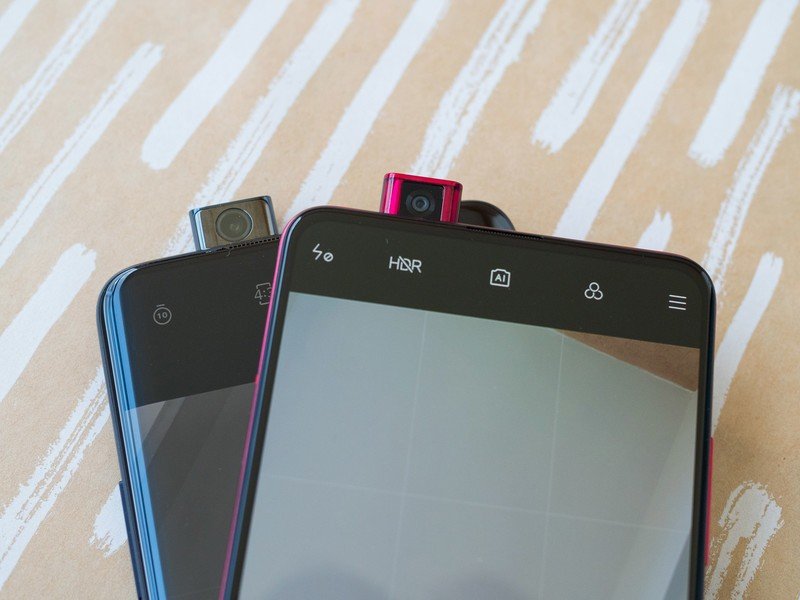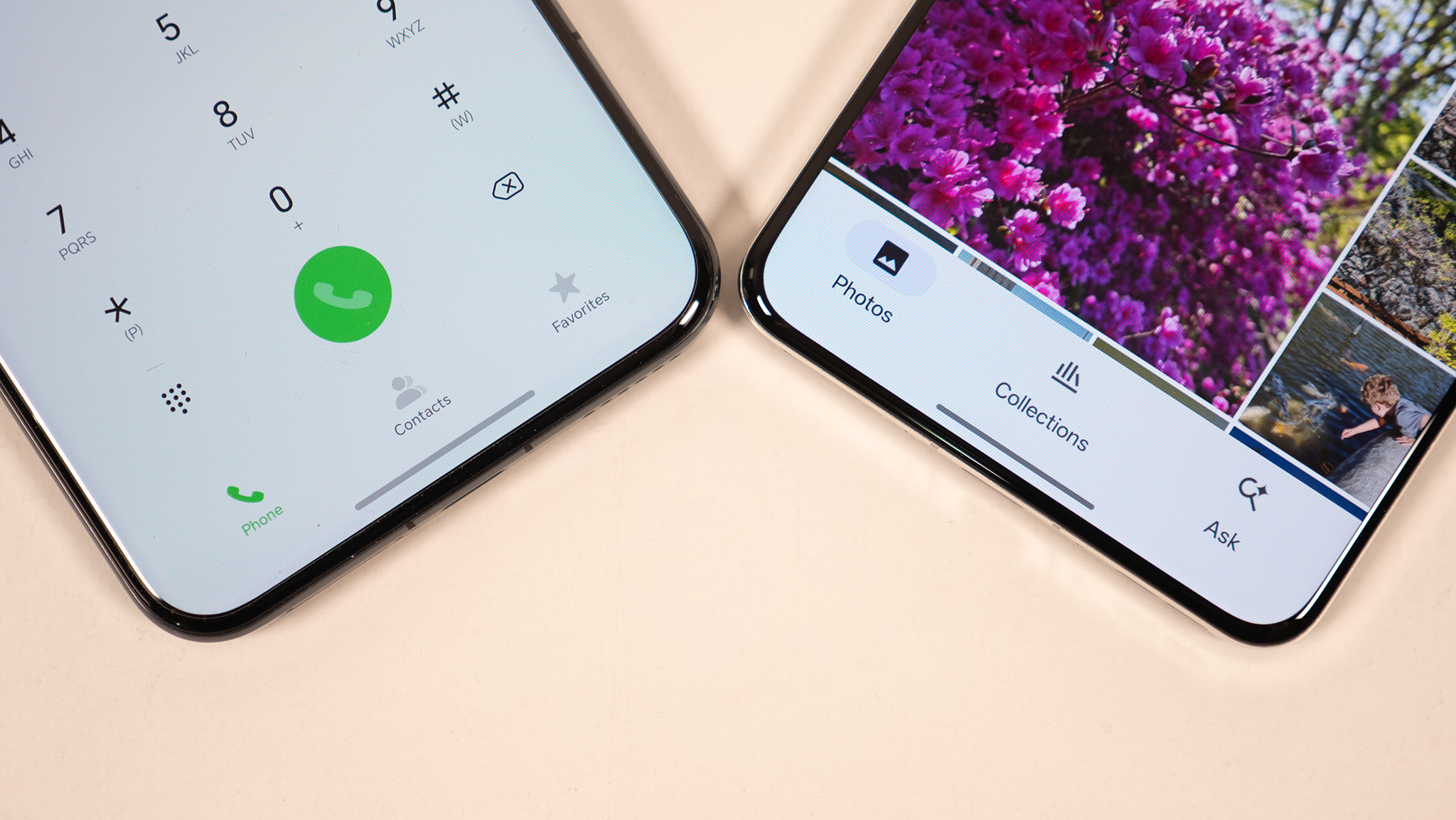Why don't we see any more pop-up selfie cameras?

Phone manufacturers have waged a war on bezels over the last four years, and the result is that even budget phones these days have ultra-thin bezels on all sides. Thin bezels mean you get a larger screen-to-body ratio, allowing brands to cram a larger screen without increasing the dimensions of the phone. For some context, the Galaxy S9+ had a 6.2-inch panel, and the Galaxy S21 offers the same screen size even though it is 6.4mm shorter.
Xiaomi was the one to kick off this particular trend back in 2016 with the Mi Mix, which offered a 91.3% screen-to-body ratio. Xiaomi achieved this by changing the location of the front camera module to the bottom bezels, leading to an all-screen design. Brands have iterated on this formula; the Galaxy S8 and S9 series featured thin bezels at the top that hid the camera module, the ZenFone 5 and OnePlus 6 went the iPhone route and added a large notch up front, and Google killed this particular trend by overdoing it on the Pixel 3 XL.
Retractable camera modules offered the most elegant solution yet for an all-screen display.
Then came the smaller waterdrop cutout and the eventual shift to the hole-punch cutout that is now ubiquitous, but in between, we got one of the best implementations yet: pop-up selfie cameras. Vivo led the charge for this particular feature with the NEX back in 2018, and the phone showcased that it was possible to create an all-screen front without any cutouts.
OPPO wasn't far behind either, with the brand's Find X featuring a motorized module not just for the selfie camera, but also for the rear camera modules. These retractable modules gained momentum all through 2019, and we got a lot of interesting phones as a result: Xiaomi's Mi Mix 3 was a particular standout as you had to pull down the screen to reveal the front cameras.

The Reno 10x Zoom Edition had a shark fin-styled wedge module, ASUS' ZenFone 6 had a retractable motor that would flip over to the front so you could take selfies with the rear camera, and Xiaomi took the feature mainstream with the Redmi K20 series — which launched globally as the Mi 9T and 9T Pro. Even OnePlus joined in on the action with the OnePlus 7 Pro and 7T Pro.
But just as this trend emerged, it seemed to fade away. The best Android phones in 2021 all come with a hole-punch cutout, and although the ZenFone 7 Pro has a pop-up camera with three sensors, the phone is limited to select markets. Vivo does the same on its NEX series, with the NEX 3 and 3S offering pop-up selfie cameras with dual cameras, but like ASUS, these phones are very limited in availability.
So why don't we see more phones with pop-up selfie cameras? The primary reason is likely weight. These modules feature a lot of intricate parts and require a motor to work, and all of that adds weight and thickness to a phone. I reached out to Xiaomi to test my hypothesis, and sure enough, the brand confirmed that size was a deciding factor in the feature's omission:
Be an expert in 5 minutes
Get the latest news from Android Central, your trusted companion in the world of Android
Retractable camera modules are usually much bigger in size. Thus, the final design on smartphones is slightly thicker when retractable camera modules are used as compared to other camera approaches.Going forward, phones are expected to get thinner and more ergonomic which means retractable camera modules won't make for an ideal choice for smartphone cameras.
Xiaomi's reasoning bears out when you look at the Mi 9T next to the Mi 10T. The latter is 26g heavier, but that's because it has a larger 5000mAh battery, with the Mi 9T featuring a 4000mAh unit. There's also the fact that retractable modules cannot be protected from water ingress, so phones with these modules do not offer water resistance.
That said, there are reasons to be excited if you're interested in all-screen designs. Under-screen cameras are starting to make their way into phones, and these negate the need for a retractable module while still offering an all-screen front that isn't marred by any cutouts. The ZTE Axon 5G is the first phone to feature this tech, and while the module itself isn't great, brands like OPPO and Xiaomi are working to fine-tune under-screen cameras.
Xiaomi has already introduced the third-gen variation of its under-display camera technology, and the module will make its way into a phone sometime this year. Under-display tech is the eventual successor to pop-up selfie cameras, but it could be a few years before this particular implementation is anywhere as good as the standard selfie cameras on phones today. And if you want a phone with a pop-up selfie camera today, the best option continues to be the ZenFone 7 series.

The best selfies on Android
The ZenFone 7 delivers an all-screen front with a gorgeous AMOLED panel that has 90Hz refresh rate, robust hardware in the form of a Snapdragon 865, 8GB of RAM, 128GB of storage, 64MP camera at the back, clean software, and a massive 5000mAh battery with 30W fast charging.

Harish Jonnalagadda is Android Central's Senior Editor overseeing mobile coverage. In his current role, he leads the site's coverage of Chinese phone brands, networking products, and AV gear. He has been testing phones for over a decade, and has extensive experience in mobile hardware and the global semiconductor industry. Contact him on Twitter at @chunkynerd.
